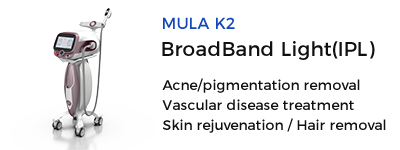Laser Skin Resurfacing with the Q-switched Nd:YAG Laser
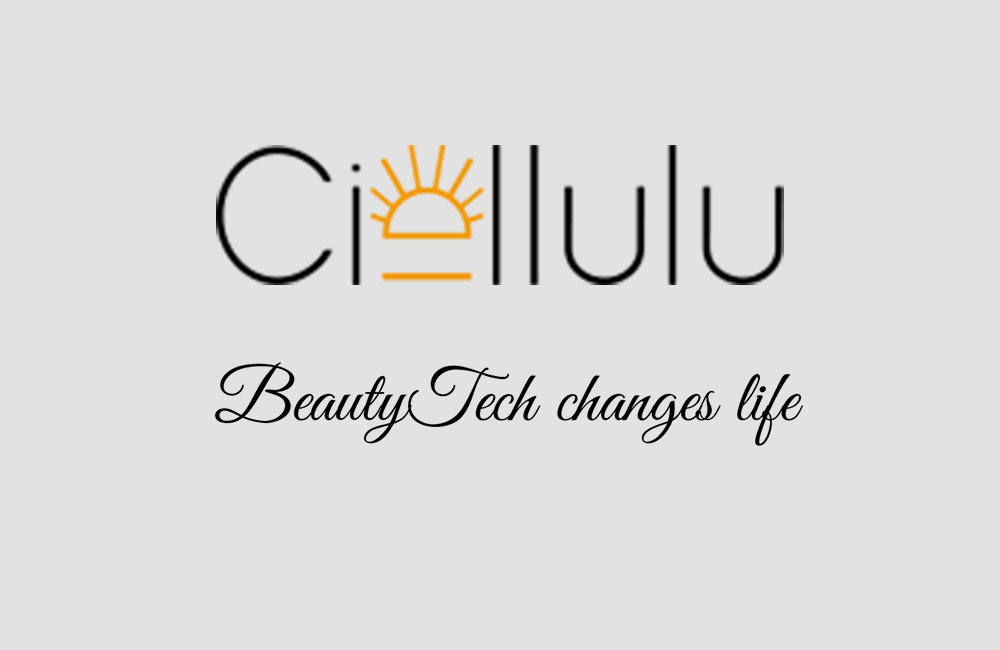
Laser Skin Resurfacing with the Q-switched Nd:YAG Laser
BACKGROUND
Recent studies have shown that char-free pulsed carbon dioxide lasers are useful in the treatment of rhytids. Other infrared lasers have also been observed to induce changes in the skin.
OBJECTIVE
In this pilot study, we evaluated the rhytid resurfacing capability of the Q-switched neodymium:yttrium-aluminum-garden (QS Nd:YAG) laser at 1064 nm as compared with char-free carbon dioxide lasers at 10,600 nm.
METHODS
Three lasers were used in the study: The QS Nd:YAG laser, the SilkTouch carbon dioxide laser, and the UltraPulse carbon dioxide laser. Eleven subjects were treated in either the iperiorbital or perioral region with the QS Nd:YAG laser on one side of the face, and both of the char-free pulsed carbon dioxide lasers on the other side. The subjects were evaluated at posttreatment days 7, 30, 60, and 90 for improvement of rhytids, healing, pigmentary changes, and erythema.
RESULTS
All 11 patients treated with the char-free carbon dioxide lasers improved. Nine of 11 patients treated with the QS Nd:YAG laser were improved. Healing (complete reepithelializa-tion) was noted to occur 3–6 days earlier in sites treated with the QS Nd:YAG than in sites treated with char-free carbon dioxide lasers. Pigmentary changes were not observed in any treatment site. Erythema was observed at 1 month after treatment in all areas treated with the char-free carbon dioxide lasers, but only three patients treated with the QS Nd:YAG exhibited erythema. These were the same three QS Nd:YAG—treated patients whose clinical improvement was comparable with that of the char-free carbon dioxide lasers.
CONCLUSION
The Q-switched Nd:YAG laser may play a role in the treatment of rhytids.
Additional Resources:
- 1 Spicer, M., Goldberg, D. Lasers in dermatology. J Am Acad Der-matol 1996; 34: 1–25. PubMed
- 2 Waldorf, H., Kauvar, A., Geronemus, R. Skin resurfacing of fine to deep rhytides using a char-free carbon dioxide laser in 47 patients. Dermatol Surg 1995; 21: 940–6. PubMed
- 3 Alster, T., West, T. Resurfacing of atrophic facial acne scars with a high-energy, pulsed carbon dioxide laser. Dermatol Surg 1996; 22: 151–5. CASPubMed
- 4 Fitzpatrick, R., Tope, W., Goldman, M., Satur, N. Pulsed carbon dioxide laser, trichloracetic acid, Baker-Gordon phenol, and derm-abrasion: a comparative clinical and histologic study of cutaneous resurfacing in a porcine model. Arch Dermatol 1996; 132: 469–71.
- 5 Fitzpatrick, R., Goldman, M., Satur, N., Tope, W. Pulsed carbon dioxide laser resurfacing of photoaged facial skin. Arch Dermatol 1996; 132: 395–402. CASPubMed
- 6 Fitzpatrick, R., Goldman, M. Advances in carbon dioxide laser surgery. Clin Dermatol 1995; 13: 35–47. PubMed
- 7 Kaufmann, R., Hartmann, A., Hibst, R. Cutting and skin-ablative properties of pulsed mid-infrared laser surgery. J Dermatol Surg Oncol 1994; 20: 112–8. CASPubMed
- 8 Nelson, B., Fader, D., Gillard, M., et al. Pilot Histologic and ultra-structural study of the effects of medium-depth chemical facial peels on dermal collagen in patients with actinically damaged skin. J Am Acad Dermatol 1995; 32: 472–8. CASPubMed
- 9 Nelson, B., Majmudar, G., Griffiths, C., et al. Clinical improvement following dermabrasion of photoaged skin correlates with synthesis of collagen I. Arch Dermatol 1994; 130: 1136–40. CASPubMed
- 10 Green, H., Burd, E., Nishioka, N., et al. Middermal wound healing: a comparison between derrnatomal excision and pulsed carbon dioxide laser ablation. Arch Dermatol 1992; 128: 639–45.
- 11 Cotton, J., Hood, A., Gonin, R., et al. Histologic evaluation of preau-ricular and postauricular human skin after high-energy, short-pulse carbon dioxide laser. Arch Dermatol 1996; 132: 425–8.
Source: Laser Skin Resurfacing with the Q-switched Nd:YAG Laser

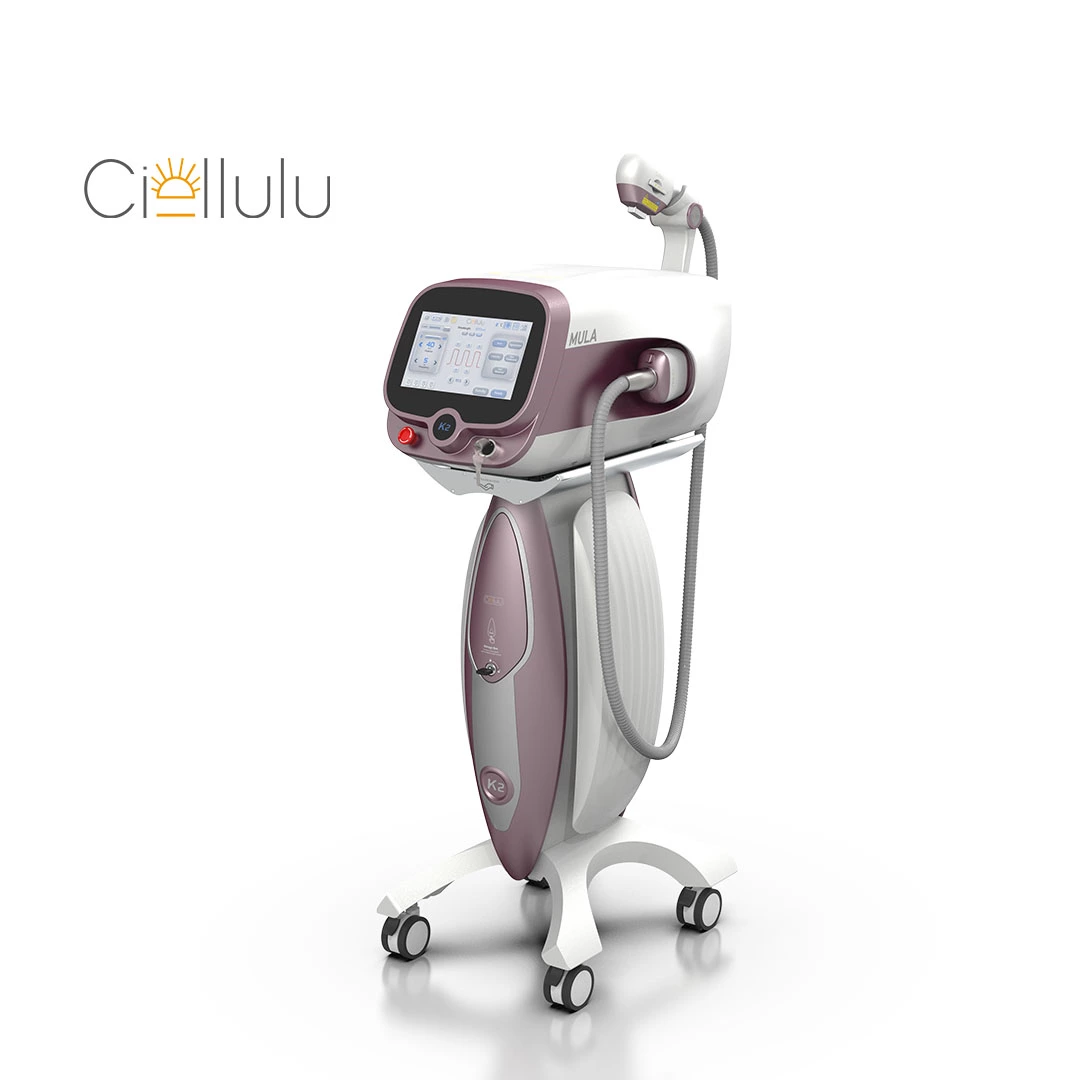
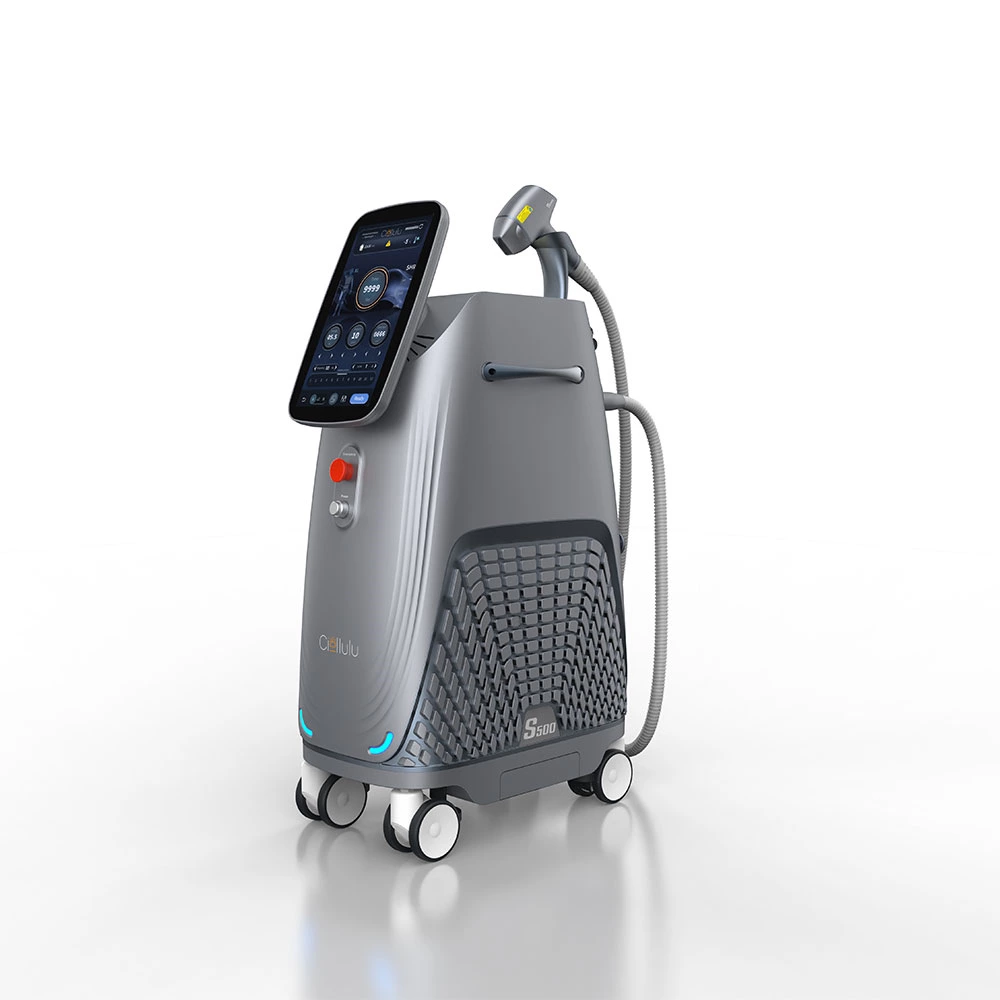
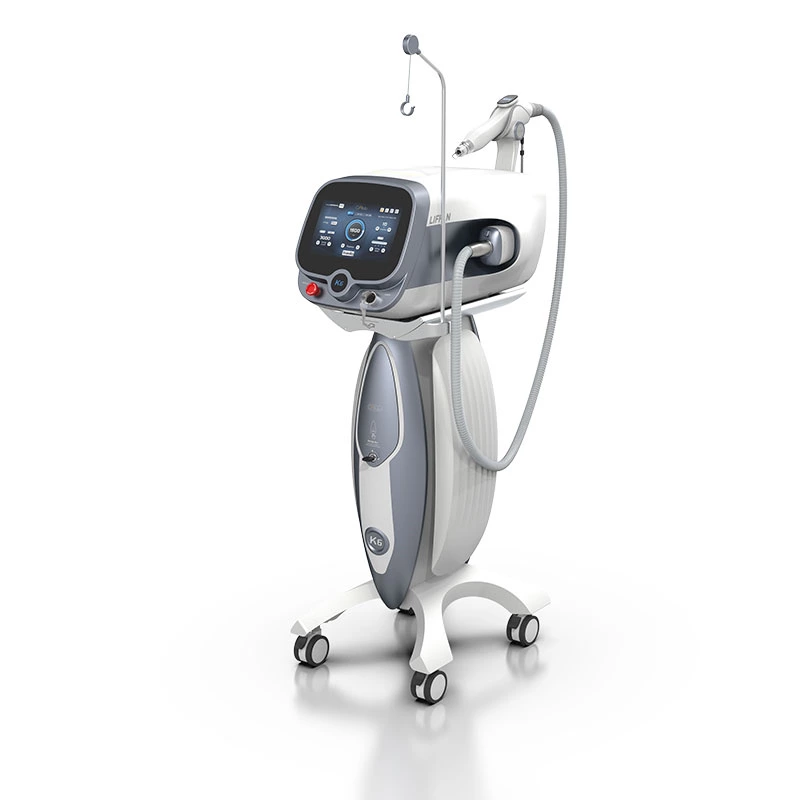
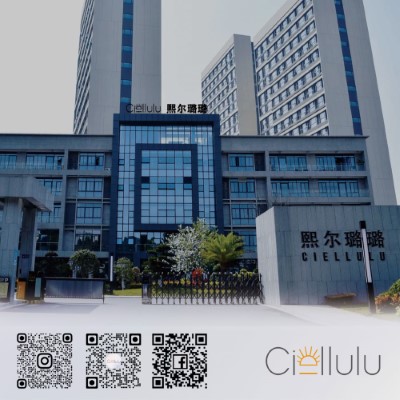 Ciellulu Laser - Facial Machine Supplier
Ciellulu Laser - Facial Machine Supplier